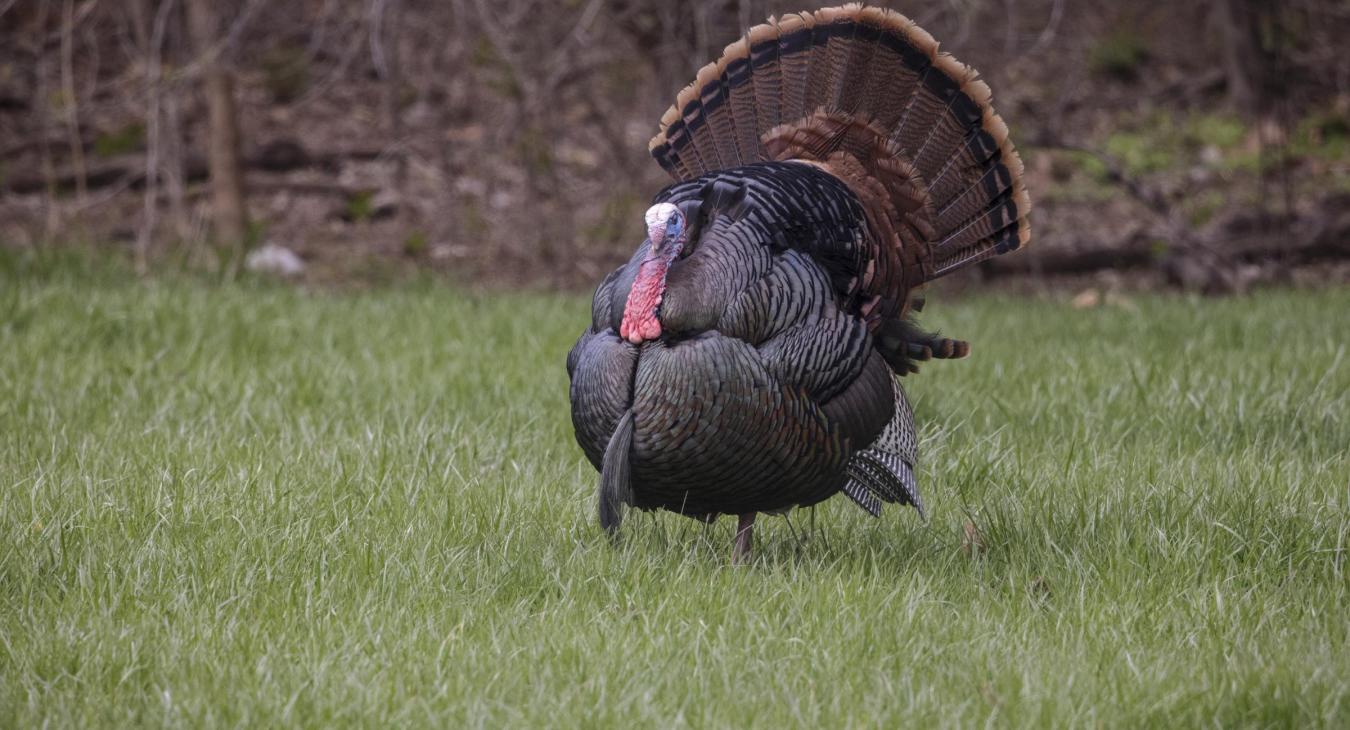When state agencies deem wild turkey bag limits not sustainable, they will reduce the number of birds that can be harvested in a season and make additional regulation changes, like eliminating a fall season or limiting non-resident opportunities. While hunting can influence wild turkeys, there are usually other factors at play that lead to population-level declines.
In Nebraska, populations have declined about 45% since wild turkey numbers peaked around 2009.
As a precautionary measure, the Nebraska Game and Parks Commission recently reduced the bag limit, decreasing the spring season from three birds to two and the fall from two birds to one. Additionally, the fall season is now shorter, and the number of available spring permits for non-residents will be limited to 10,000. All these changes will take effect in 2023.
“NGPC has seen alarming declines happening in neighboring states and are starting to feel the impact too,” said Annie Farrell, National Wild Turkey Federation district biologist for Texas, Oklahoma, Nebraska and Kansas. “This is not to say that the bag limit will stay reduced, but science needs to address the declines, be substantiated, and a solution needs to be implemented before we may see a future increase.”
But it is not that hunters are the reasoning that birds are declining, per se; more nuanced factors may be contributing to the decline, such as brood survival, habitat, prevalence of diseases and probably a combination of all.
In addition to their season and bag limit changes, the NGPC is taking its proactive approach further by conducting the state's most significant wild turkey research project. The agency is contributing nearly $2 million to understanding the declines and perpetuating the future of our favorite game bird.
The University of Nebraska is leading the project and will work in collaboration with the University of Georgia’s Warnell School of Forestry and Natural Resources.
“Research is needed to understand the factors influencing these declines and to provide basic ecological data so that agencies can ensure management strategies that will result in the sustainability of the state’s wild turkey population,” said Mike Chamberlain, Ph.D., Terrell Distinguished Professor of Wildlife Ecology at the University of Georgia.
Beginning in January 2023, wild turkeys will be captured within two specific regions, the Pine Ridge in northwestern Nebraska and the Republic River region in the southwestern part of the state.
The goal is to capture a minimum of 40 hens and 20 gobblers in each region annually for three years. Captured turkeys will be fitted with GPS transmitters and have a blood sample taken to allow for genetic analyses and disease testing.
Any birds captured beyond the sample size of 60 will be leg banded and, too, have a blood sample taken.
The NWTF Nebraska State Chapter is providing the funds for lymphoproliferative disease testing at the University of Georgia in Athens.
“LPDV is a recently characterized retrovirus that has been detected in wild turkeys in all areas surveyed through the U.S. and Canada, and the virus has caused considerable concern among biologists and agencies,” Chamberlain said. “LPDV often occurs concurrently with other infections that contribute to poor health and can cause debilitating to fatal tumors. These retroviruses also have the potential to influence hormonal levels in birds, which can influence reproductive success.”
Once the samples arrive in Athens, the Southeastern Cooperative Disease Study will conduct the LPDV testing for the project.
According to Chamberlain, understanding the prevalence rates of LPDV and coupling it with data gathered from the GPS-VHF transmitters could provide unique insight into why birds are declining.
“Combining the prevalence data with spatial and behavioral data collected via GPS transmitters would allow a unique and powerful tool to understand how LPDV may influence behavior, movements, reproduction and survival,” he said.
Largest Wild Turkey Research Project in Nebraska Underway

